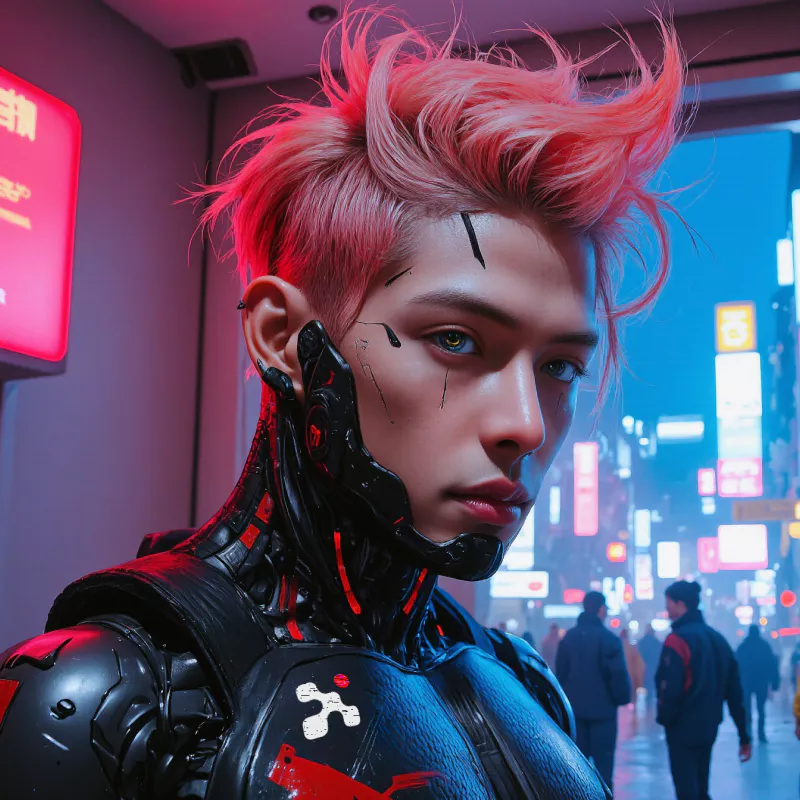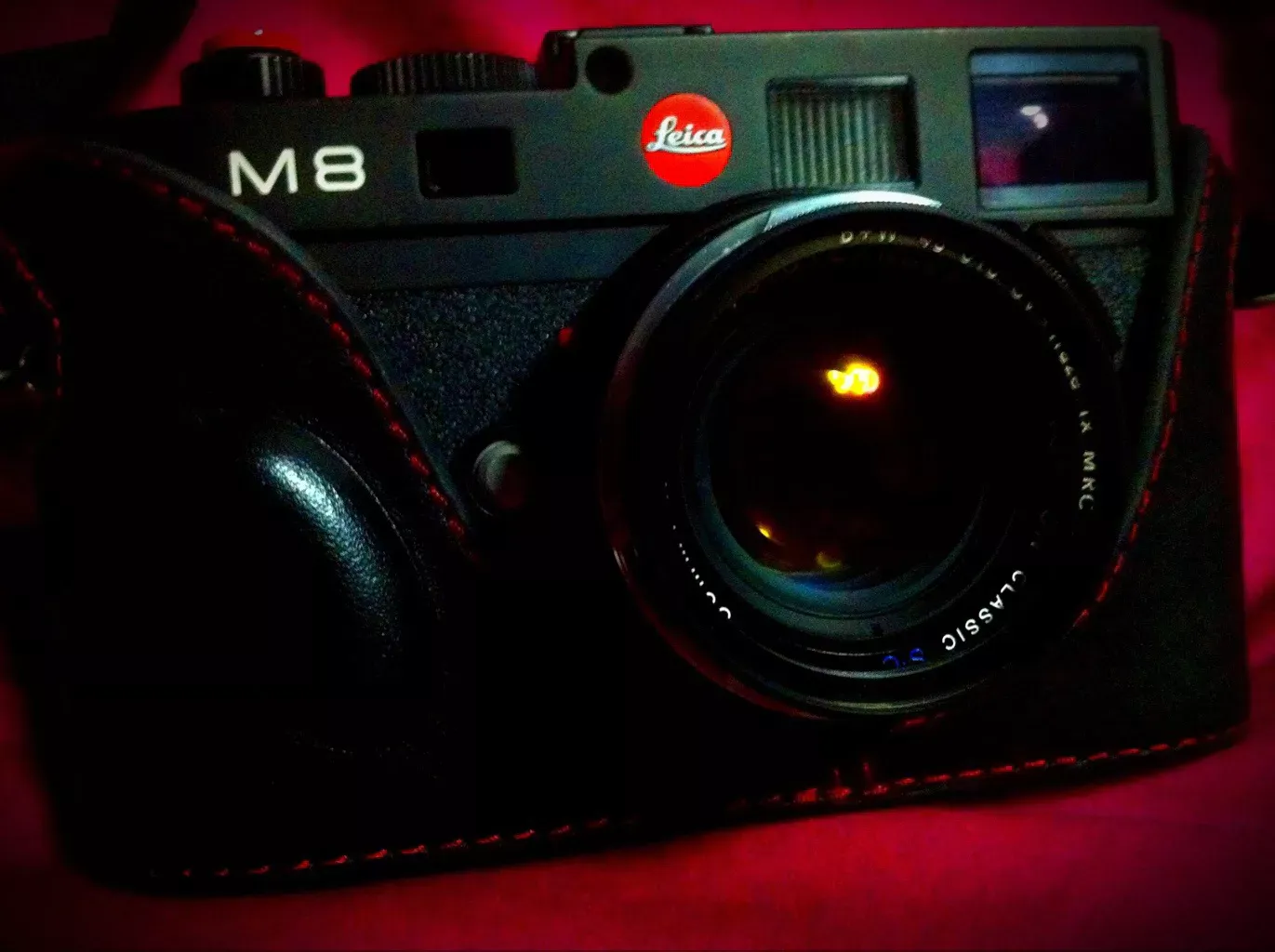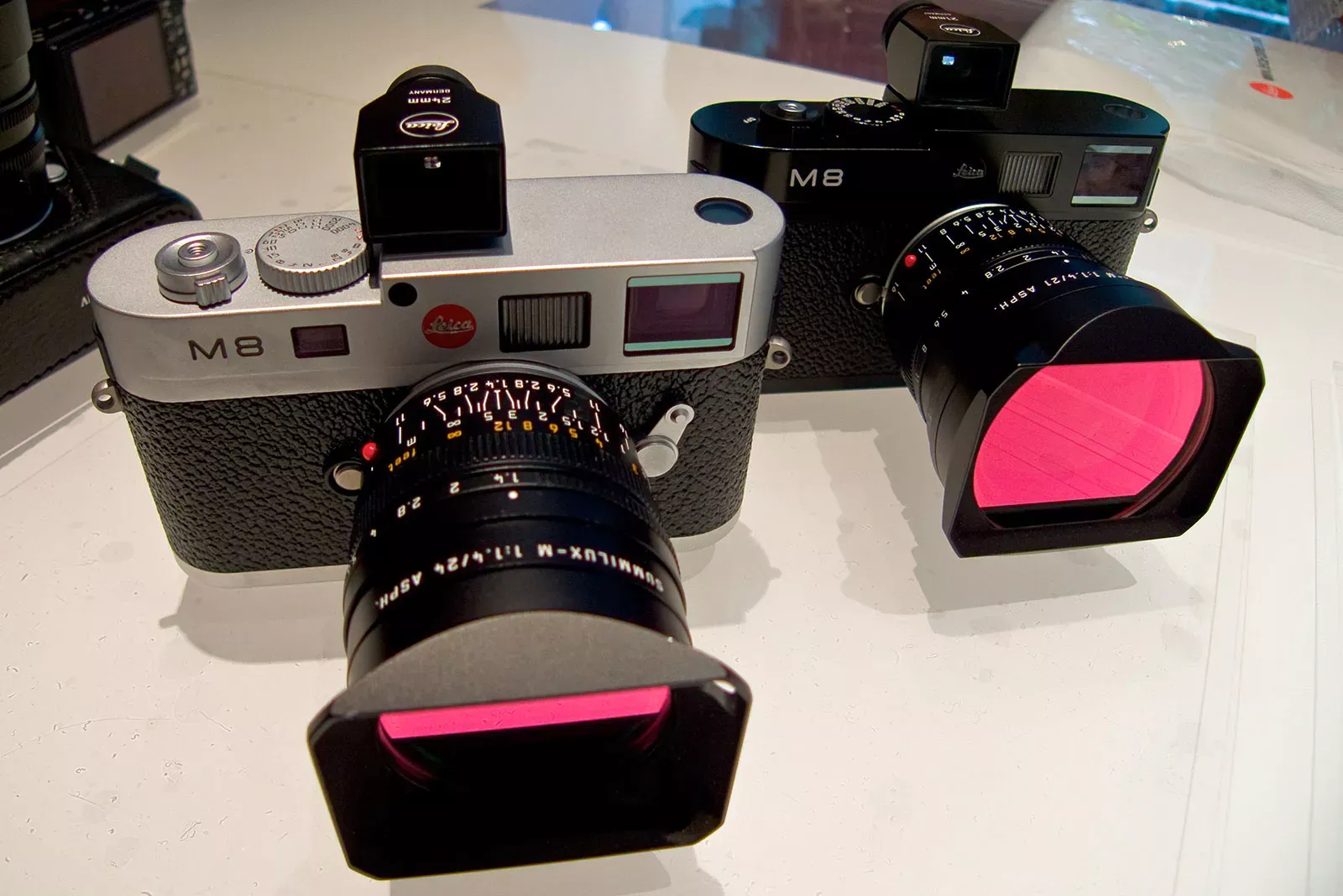My first Leica
 jenxi.com
jenxi.com Vision alchemist crafting strategic innovation & AI adoption. Bridging startups to China's ecosystem advantage. Building a cyberbrain. Registered pharmacist × Brand strategist × Storyteller
It still feels surreal but I’m slowly coming to terms with the fact that I bought my first Leica. I’ve always thought that I would get a film Leica before I move on to a digital Leica, due to the price difference. Nevertheless, my first camera with the legendary red dot is a digital Leica M8.

Shot with the Hipstamatic app on my iPhone 4
It was a matter of sooner or later that I would wind up with a Leica. I’m drawn to the camera like a moth to a flame. In the end, I figured that it would make more sense to make it happen sooner and enjoy the camera longer.
My previous experience with the X100 helped me to come to this decision. I was very tempted to get an X100 since its announcement. But when it was launched, I did not make the dive. It took me more than a year after it was available in the market to finally make the purchase. And I regretted not getting the camera earlier.
Thus, I realised that I should bite the bullet and get a Leica. If I liked it, that’ll be great. If I didn’t I could just sell the camera. At least I know whether the camera is suitable for me.
Speaking to other Leica users such as Dave Powell of ShootTokyo just tipped the scales further in favour of getting the M8. While there are people who dislike Leica M for the need to manually focus, I’ve heard many Leica users rave about their experience with the red dot brand.

Source: ShootTokyo
I’m not new to rangefinder cameras. I shoot with film rangefinder cameras. The shooting experience is refreshing after shooting with film SLRs and DSLRs. If you haven’t tried rangefinder cameras, loan one from a friend or get a used film camera. A user condition compact film rangefinder would cost less than 100 Singapore dollars. I’ll share more about my rangefinder experience in another article.
Having used both DSLRs and the X100 on the street, I knew that the latter was more discreet because of the size and the vintage looks. People were more likely to catch sight of me before I could take my shot when I was using a DSLR. The X100 drew more smiles than dodges.
I was shopping for a camera that would be more suitable for the streets. Auto focus on the X100 was often too slow for street shooting. Of course, I could step down the aperture and zone focus. But I prefer to shoot wide open. That led me to consider using manual focus lens for street photography. With practice, manual focus should be almost as fast as autofocus.

Source: Nokton via photopin cc
There were several choices available with the recent introductions of digital cameras with M mount adapters. I looked at the X-Pro 1 but was put off by both the price and reports of poor performance with wider lenses. The difficulty in using manual focus lens on the it made me look elsewhere. Other mirror-less cameras that had M mount adapters fared slightly better, with Sony and Olympus being the frontrunners due to their peaking modes.
The X100 was my first experience with an electronic viewfinder. It is helpful when trying to focus in low light, since it allows you to preview the depth of field. But the EVF’s lag was annoying. I realised I didn’t want to be staring at a small TV screen all day when I’m out shooting. I want to see the scene. I want to connect with the scene.

Taken with the Hipstamatic app on my iPhone 4
After much research, I realised I had limited choices for if I considered only digital cameras. I was left with the Leica M8 and the X100 on my list. Since I already have an X100, I looked around for a used M8.
While it is a lot cheaper than an M9, a second-hand Leica M8 is still expensive. The price for one would land me an excellent, brand new DSLR body. I decided to try out the M8 at a local used dealer before I make the purchase. To say I was blown away would be an understatement.
The first thing I noticed was the perfect contours and balanced weight. And then I looked through the viewfinder. Perhaps my compact rangefinder cameras need cleaning. The M8’s viewfinder was bright. It is a noticeable difference compared to my film rangefinder cameras. The viewfinder is does not give a 100% view. It lets you see outside of your frame. My D700’s viewfinder only has a 95% frame coverage!

Source: jcoterhals via photopin cc
I put the camera through the paces with a collapsible Summicron-M 50 mm f/2 lens, loaned from the dealer. It was in good condition, so I bought it. Besides, if I changed my mind, I could sell it. At least I can tell myself that I’ve owned a Leica M and didn’t like the system. Though with the way things are going, I think I’m falling head over heels with manual focus on the M8.
Sure, there are some bad points about the M8 such as the need for an IR cut filter, poor ISO performance and it only had 10MP. I love the X100 that so many people ranted about. Despite the issues with the X100, I knew how to work around most of them and live with the others. I’m sure I’ll be able to do the same with the M8.
It’s literally a weight off my back as I now shoot light on the streets. I only carry the Leica M8 with a Voigtlander 35 mm f/1.4 SC and X100. The M8 is the first I reach for, and the X100 is the camera I use when its high ISO performance.
I’m in the process of rethinking my photography gear. One or two DSLR lenses might be sold to fund the purchase of Leica glass. But I’m very reluctant to let go of the outstanding D700. Perhaps I’ll use the D700 for the fisheye and an 85 mm. The M8 has an effective 46 mm when I use the 35 mm lens, so I don’t want to overlap that focal length with a Nikkor 50 mm. Likewise, the X100 covers the 35 mm. I have yet to make a decision on the fate of my DSLR gear.
My main task now is to familiarise myself with the Leica M8 and enjoy my photography.